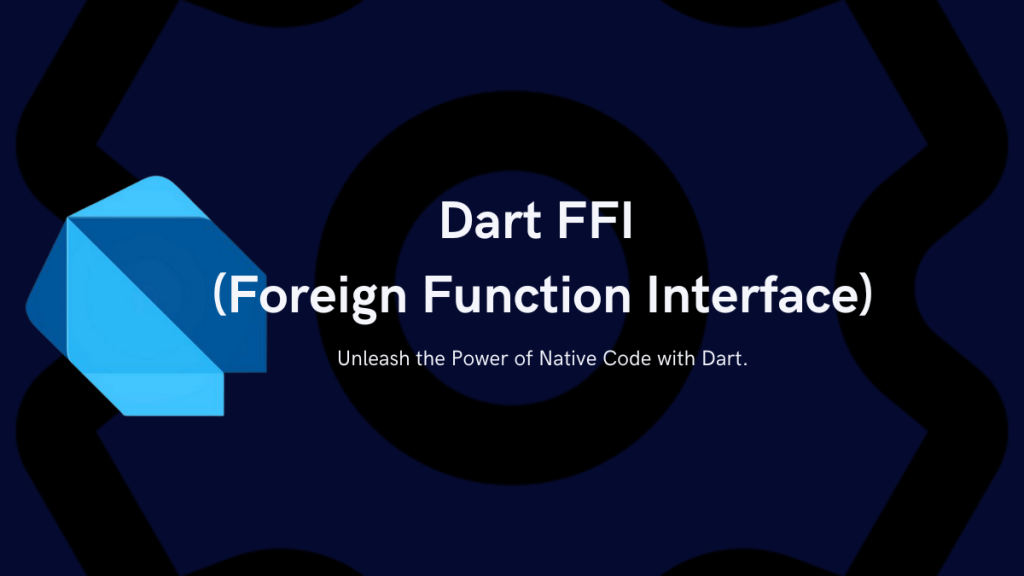
Dart’s Foreign Function Interface (FFI) is a powerful tool that allows developers to seamlessly integrate Dart code with native libraries written in languages like C, C++, or Rust.
This feature opens up a world of possibilities, enabling you to leverage the strengths of different programming languages and create more robust and versatile applications.
Before we dive into the blog, you can also check our Flutter app development company page.
What is Dart FFI?
Dart FFI provides a way to call functions from native libraries directly from your Dart code.
This is particularly useful when you need to access low-level system APIs, integrate with existing codebases, or utilize specialized libraries that are not available in the Dart ecosystem.
Why Use Dart FFI?
- Performance:
Dart FFI allows developers to call native code directly, bypassing the Dart runtime and improving performance. - Legacy Code Integration:
Dart FFI enables developers to integrate existing native codebases into their Dart projects, allowing them to leverage existing code and functionality. - Hardware Acceleration:
Dart FFI can be used to access hardware-specific libraries and APIs, enabling developers to create applications with improved performance and lower latency.
Code Examples:
1. Calling a Native Function:
|
1 2 3 4 5 6 7 8 |
import 'dart:ffi'; import 'package:ffi/ffi.dart'; final dylib = DynamicLibrary.open('libnative.so'); final add = dylib.lookupFunction<Int32 Function(Int32, Int32), int Function(int, int)>('add'); final result = add(2, 3); print('2 + 3 = $result'); |
In this example, we open a dynamic library containing a native function called add, and we create a Dart function that wraps this native function.
We then call the Dart function with two integers as arguments, and we print the result.
2. Accessing Native Data:
|
1 2 3 4 5 6 7 8 |
import 'dart:ffi'; import 'package:ffi/ffi.dart'; final dylib = DynamicLibrary.open('libnative.so'); final dataPtr = dylib.lookupFunction<Pointer<Int32> Function(), Pointer<Int32> Function()>('get_data')(); final data = dataPtr.asTypedList(10); print('Data: $data'); |
In this example, we open a dynamic library containing a native function called get_data, which returns a pointer to an array of integers.
We create a Dart function that wraps this native function, and we call it to get the pointer. We then use the asTypedList method to access the data in the array.
Conclusion :
Dart FFI allows developers to create high-performance applications, integrate existing native codebases, and leverage hardware acceleration. By understanding its advantages and disadvantages and using it effectively, developers can create fast, secure, and maintainable applications.
Code examples demonstrate how to call native functions and access native data using Dart FFI.
- Dart FFI Package: https://pub.dev/packages/ffi
- Dart FFI Documentation: https://dart.dev/guides/libraries/c-interop
Thanks for reading. You can also check other blogs from here. Happy coding.

Be the first to comment.